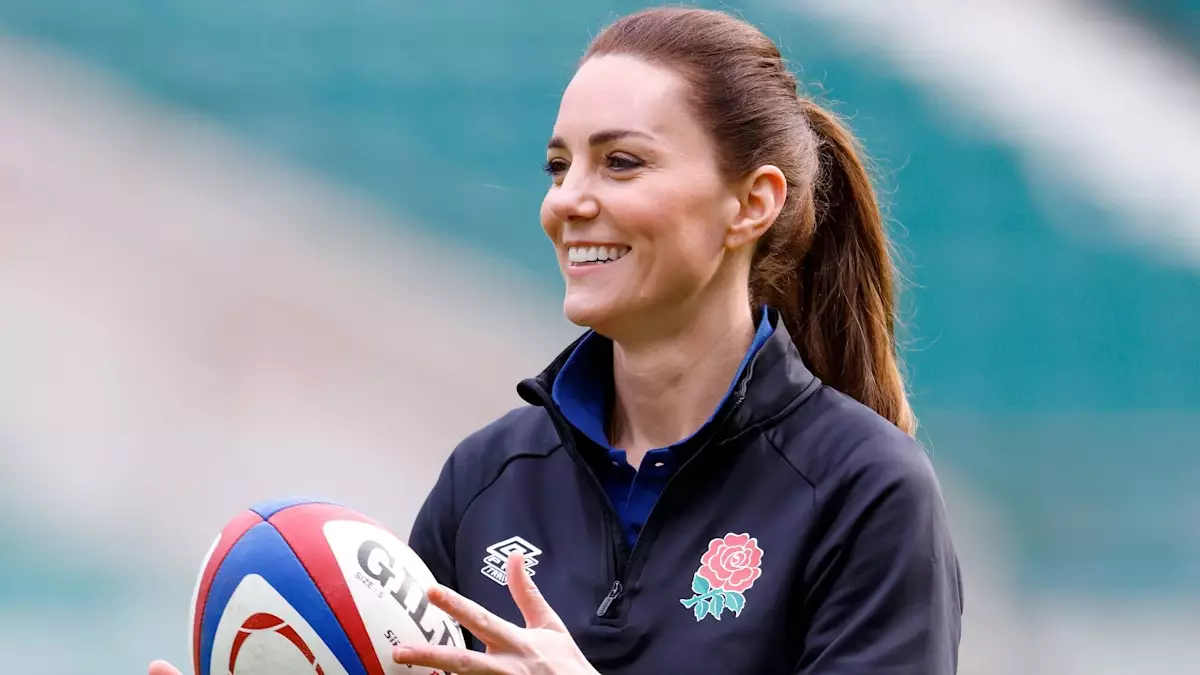In a society obsessed with superficial aesthetics, the focus on achieving visible abs or a toned physique often distracts us from understanding the true significance of core strength. The story of Princess Kate engaging in demanding physical activities, such as balancing on her core at a seemingly effortless 60-degree angle, exemplifies an aspect of fitness that transcends mere appearance. Core strength is much more than a vanity metric; it is the foundation of overall health, resilience, and functional independence. It’s about creating a body that can withstand daily stresses, recover faster from injuries, and maintain agility well into later years. We often forget that the core wraps around our entire midsection, including vital muscle groups like the transverse abdominals, obliques, pelvis, and lower back—muscles that work in unison to support movement and stability.
A common misconception is that core training is solely about performing endless crunches or sit-ups that yield temporary aesthetic gain. This narrow view undermines what it means to develop genuine strength. The real power lies in understanding how different muscle groups collaborate—engaging in compound movements that recruit multiple muscles simultaneously. The emphasis shifts from isolated exercises to integrated, functional movements that prepare the body for real-world challenges. For women, especially those over 40, building this holistic core resilience becomes even more critical, as it directly influences posture, prevents injuries, and supports the demands of everyday life.
The Unsung Heroes of Fitness: Compound and Functional Exercises
The renowned personal trainer Nancy Best underscores the importance of compound movements such as goblet squats and dynamic isometric exercises like planks. These exercises serve as the backbone of effective core development because they mimic the kinds of stabilization our bodies require outside the gym. They are not glamorous or flashy, but their benefits are profound. When these movements become part of a consistent routine, they lay the groundwork for more advanced techniques that challenge rotational and anti-rotational stability, from Russian twists to plank shoulder taps.
Kate’s impressive ability to hold challenging positions at her age, while engaging her entire body, highlights the benefit of dedicating effort to functional mobility. Projects aimed at improving hip flexors, hamstrings, and shoulder flexibility aren’t merely about increasing range of motion—they are about preventing common issues such as stiff joints, back pain, and compromised balance. A well-rounded core makes women more resilient to the physical stressors of aging and life transitions like childbirth or menopause.
The Holistic Approach: Redefining What It Means to “Tone”
A prevalent yet misguided notion equates core training with superficial toning, with many women pursuing quick fixes through repetitive crunches while ignoring the complex structure beneath. This approach does a disservice to their bodies by neglecting the deep, stabilizing muscles that support posture, balance, and spinal health. For women over 40—and especially those postpartum—core training should be about more than aesthetic goals. It should aim to fortify the body’s infrastructure, tackling issues like lower back pain, poor posture, and reduced mobility.
Achieving this level of strength is about adopting a mindset that values consistency, functionality, and understanding. As Nancy Best advises, integrating resistance-based exercises like goblet squats with stabilization routines provides a balanced strategy. Such an approach ensures that women develop not just a stronger core but a more robust and resilient body capable of handling life’s physical demands.
Pushing Past Limitations: Embracing Functional Strength for a Better Life
The story of Kate’s core engagement at a young age reflects a larger truth: true fitness is about empowerment, not just appearance. By cultivating strength in all the right muscles, women are better equipped to carry out daily activities, handle physical stress, and enjoy an active lifestyle long into retirement. This resilience is particularly vital for women who may face recovery challenges after childbirth or deal with age-related muscle loss.
Moving forward, the focus should shift from superficial metrics to the profound benefits of functional strength. It is about viewing core training as a lifelong investment—a way to redefine aging as an opportunity to grow stronger, more capable, and more confident. The key lies in understanding that an engaged, flexible, and stable core is the silent hero behind every successful, healthy woman’s journey through life.

